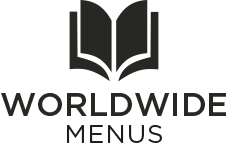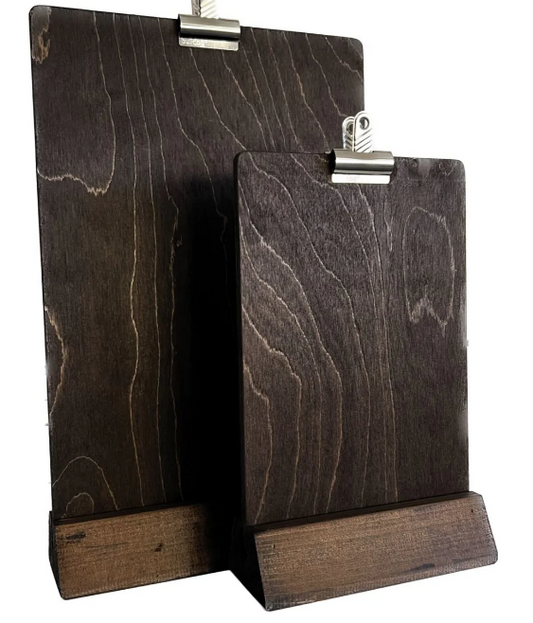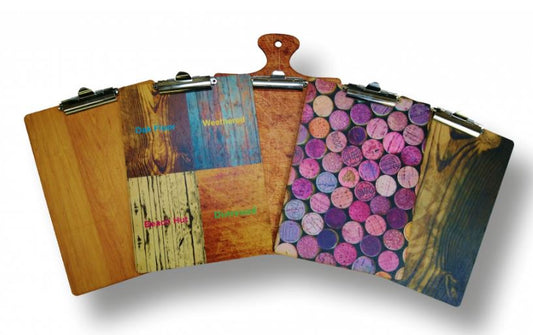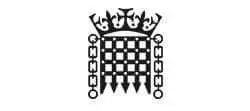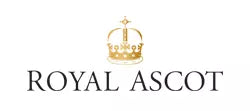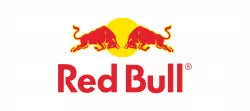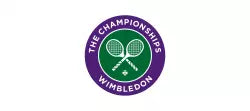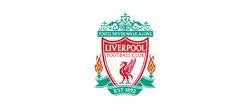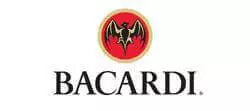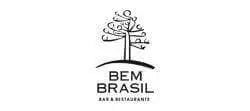It sounds like complicated financial jargon, but what does restaurant profit margin mean? In the most basic understanding, the profit margin of your restaurant is the standard measure of its profitability. It mainly refers to the potential of your business to make a profit. If you are opening a new restaurant, it is important to get a good grasp of your profit margin potential to gauge and improve your probabilities for success. This principle ought to be applied in your daily, as well as overall operations.
Definition Of Restaurant Profit Margin
By restaurant profit margin, you are referring to every dollar of your sales that add up to your profits. The cost of your expenses must be taken out from whenever, and at every time that you make a sale. Whatever money that is left after deeming the expenses is known as your profit, and expressing this in a percentage basis is reckoned as your restaurant profit margin.
Calculating The Profit Margin For Your Restaurant
Two figures have to be determined to work out your restaurant profit margin, and they are the total revenue of your business, and the total expenses of the same. What is total revenue? This means the amount of sales you have procured from the goods or services you have sold. Total expenses, on the other hand, encompass the cost of the goods sold or COGS, along with the other costs of operating your business, such as the taxes, the payroll, and the cost of your operations. You can easily find these figures on your restaurant profit and loss statement.
The amount of the total expenses is to be subtracted from the total revenue to ascertain the net profit. This net profit divided by the total revenue garners a figure which then is multiplied by 100. The percentage that you get is your profit margin.
So if, for instance, you run a lemonade stand and sell each cup of it for $1.00 and for the same cup render an expense of $0.60, your profit is accounted as $0.40. In this case, your profit margin is 40%.
Total revenue $1.00 - total expense $0.60 = profit $0.40
Profit $.0.40/ total revenue $1.00 = 0.40
0.40 x 100 = profit margin 40%
These small figures illustrating how to calculate your restaurant profit margin can be applied to bigger numbers, and you can work it out from there.
Formula For Calculating Your Restaurant Profit Margin
To therefore sum up, the formula for assessing your business’ profit margin is:
Total revenue - total expenses = Net profit
(Net profit/ total revenue) x 100 = Net profit margin
To exemplify how this formula works, below is the profit margin if your total revenue is $180,000, and your total expenses add up to $168,000.
Total revenue = $180,000
Total expenses= $168,000
$180,000 - $168,000 = $12,000 net profit
($12,000/ $180,000) x 100 = 6
Profit margin = 6%
Making a profit entails that your revenue exceeds your total expenses, and one way to do this is by carefully planning your menu pricing. Providing the best goods and services needs you to invest in affordable but quality products, such as those from Worldwide menus and other reliable companies.
How To Increase Your Restaurant Profit Margin
Improving the profit margin of your business can be done in 3 ways, and they are by increasing your total revenue, reducing your total expenses, and these two combined.
Increasing total revenue
This is more than increasing your sales, but also keeping a rein on your expenses. It can be tricky to implement this measure because, primarily, your expenses will tend to increase as your revenue does.
Reducing expenses
Keeping your expenses low while maintaining a steady sales revenue is a more favorable way of improving your profit. Achieving this needs you to be focused on reducing controllable expenses such as your direct operating expenses, labor expenses, and the cost of goods sold.
Increasing revenue while reducing expenses
This is a faster way of growing better profit wherein you make means to boost your revenue while lowering your expenses.
How To Reduce Your Expenses
The rent and your business insurance are fixed expenses, but many others can be controlled. You can look into your costs in the following 3 aspects.
Direct operating expenses (DOE)
Disposables, paper goods and cleaning supplies, among others, may entail costs that can add up, so keep track of these. Doing business with wholesalers such as Worldwide menus and other providers can lower your expenditures. This way, you also get to avail of free shipping, discounts as a member, and purchasing via quantity pricing.
Labor costs
This refers to the salaries and wages of your employees. A good way of reducing these costs is to minimize your employee turnover rate wherein you get to avoid the expenses for training new staff. In this sense, you have to be particular about applying successful strategies for retaining employees.
Costs of goods sold (COGS)
By this, you are referring to the direct cost of every item that you sell. As an example, if you are running a donut shop, your COGS will include expenses for your product ingredients, such as sugar, eggs, and the like. Keep a tab on your inventory, and look for cost-minimizing suppliers to reduce your food costs. Furthermore, try implementing portion control so you can save on your expenses.
